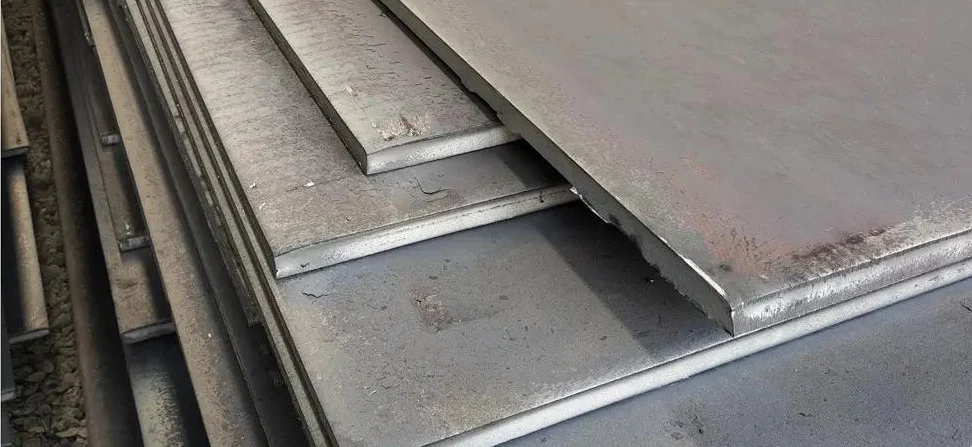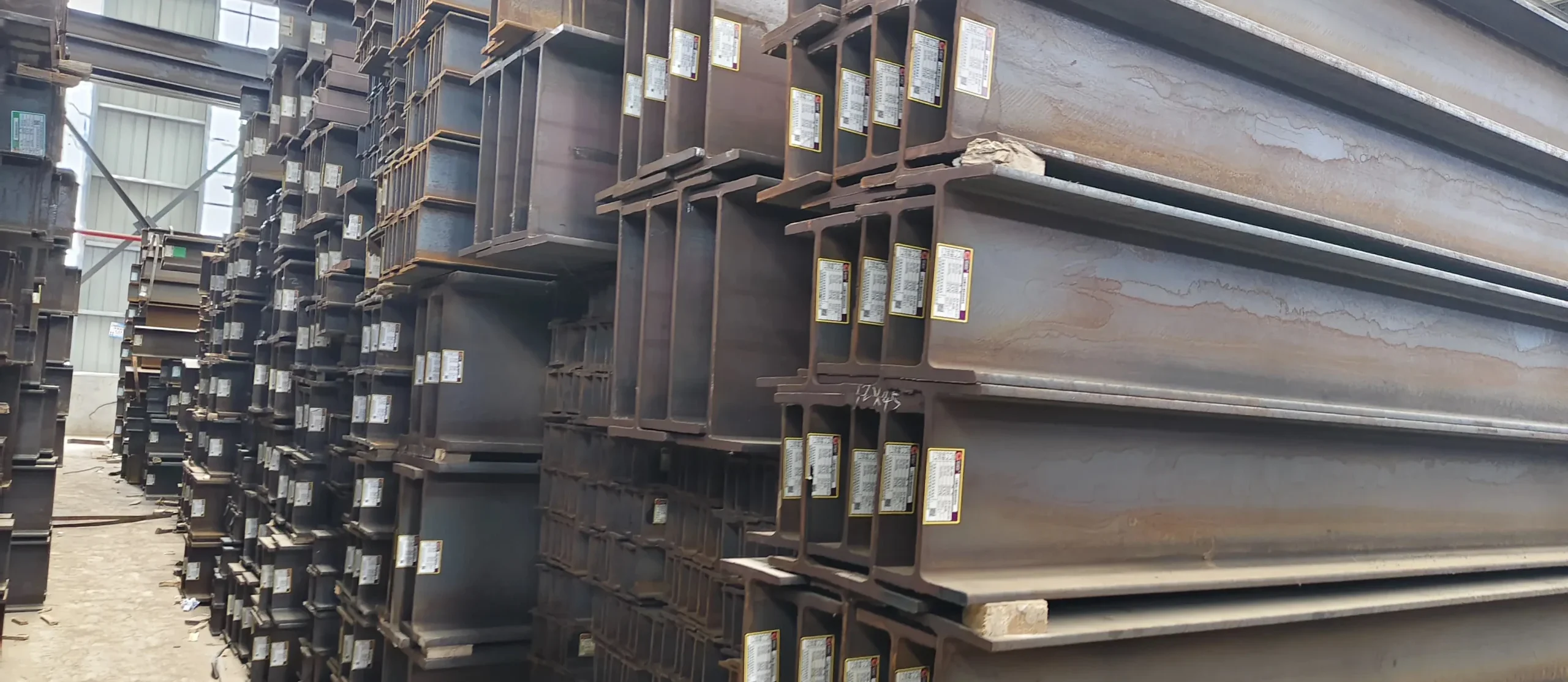Introduction for Duplex 2205 Steel

Since the discovery of the two-phase organization, the duplex stainless steel which made duplex stainless steel pipes (referred to as “duplex steel”) has been developed for three generations:
The first generation DSS (duplex stainless steel) is represented by 3RE60 steel developed in Sweden in the mid-1960s;
The second generation DSS is represented by 2205 developed by Sweden after the 1970s, and the PREN is 32~39;
The 3rd generation DSS is super duplex stainless steel (SDSS) of an ultra-low carbon, high molybdenum and high nitrogen content which developed in the late 1980s. Its representative grades are 2507, 2906, 2707, etc. The PRE value is large today, we mainly talk about the largest and most common 2205 duplex steel (international grades are UNS S31803 and UNS S32205). Generally, duplex steel refers to the 2205 grade without special instructions.

Advantages of austenite + ferrite two-phase duplex steel
Duplex steel is formed on the basis of 18-8 austenitic stainless steel, which increases the Cr content or adds other ferrite elements, so that the steel has austenite and ferrite biphasic structure, and saves nickel.
The theoretical ratio is 1:1, which is approximately 50%. Generally, a certain phase is 40~60%.
Under low stress, chromium-containing dual-phase steel has good resistance to chloride stress corrosion and good pitting corrosion resistance. In general, the pitting and crevice corrosion resistance of duplex steels exceeds 316L. Due to the excellent corrosion resistance and strength required. According to the statistics, the amount of 2205 has increased by at least 15 times in the past ten years.
The comprehensive mechanical properties are good, with high strength and fatigue strength, and the yield strength is twice that of 18-8 austenitic stainless steel. Therefore, the thickness of the material can be reduced in design.




